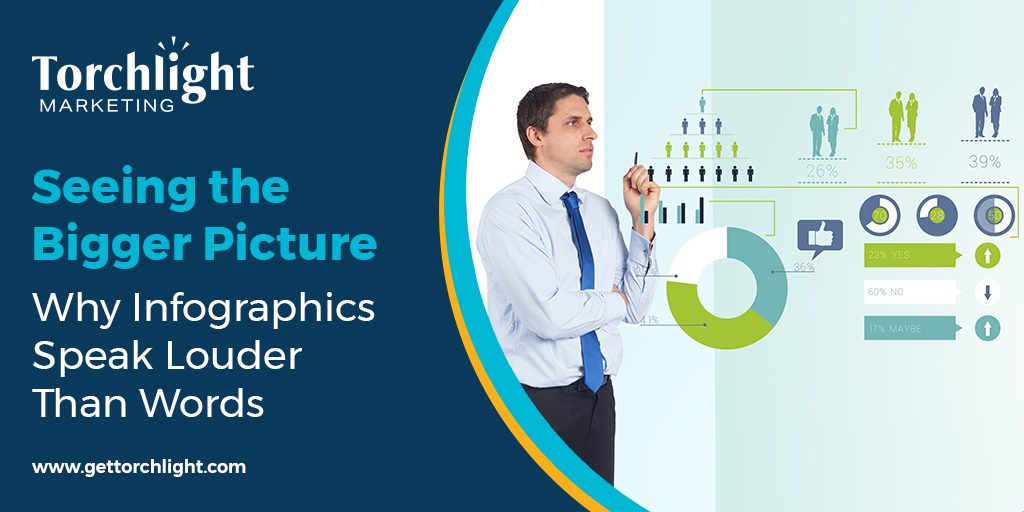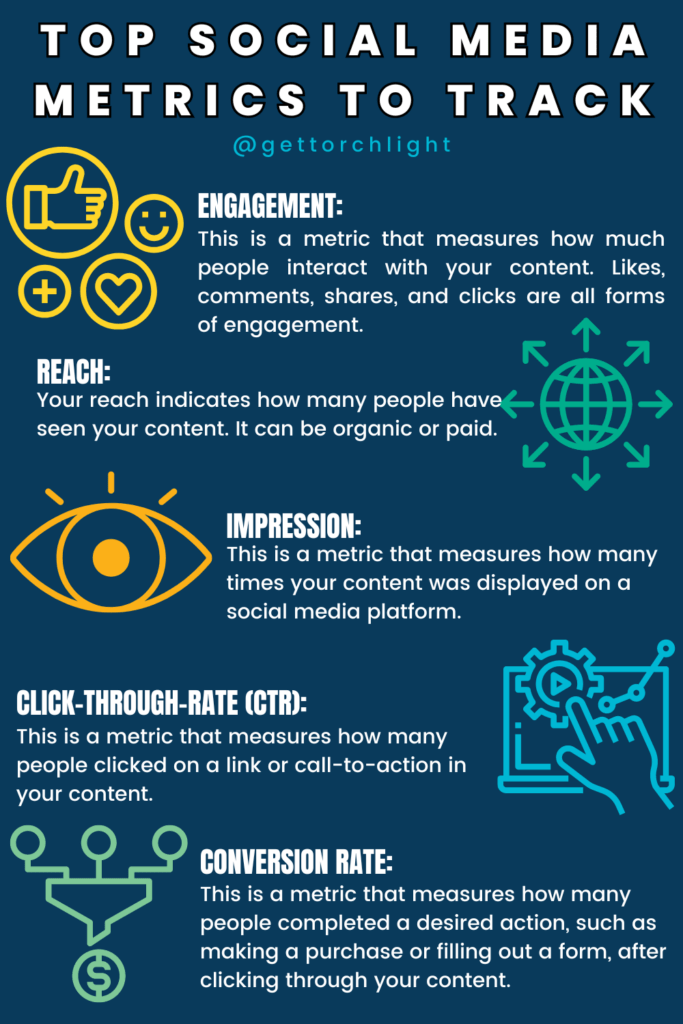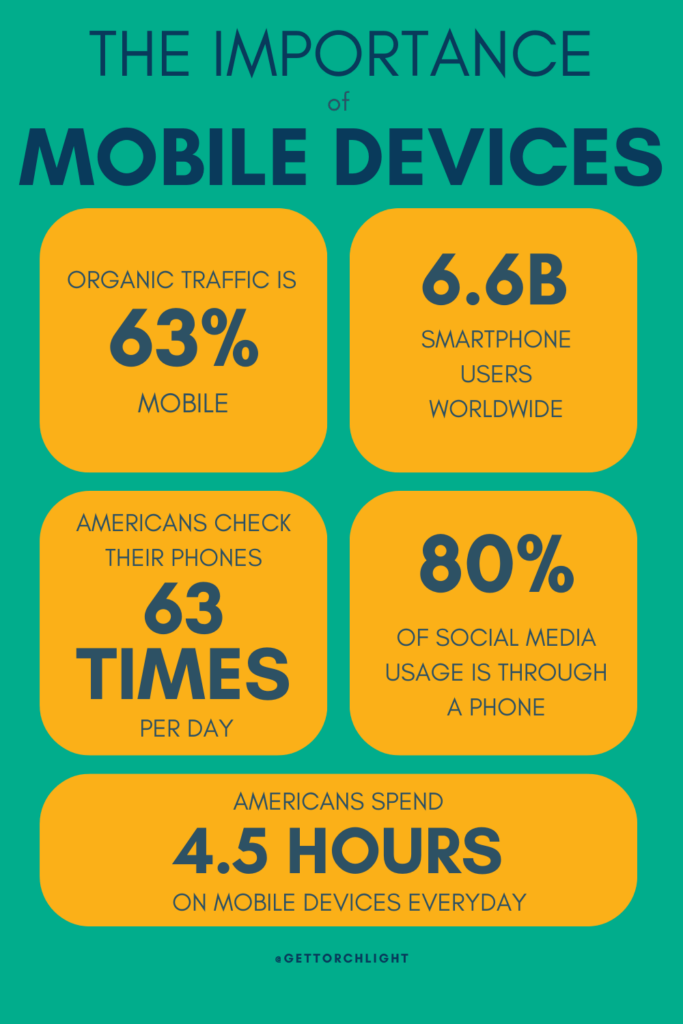In today’s fast-paced digital landscape, information is abundant and often overwhelming. As content creators, educators, and communicators, our challenge is to not only capture the attention of our target audience but also ensure that the information we provide is easily understood and retained. This is where infographics, a powerful visual communication tool, come into play.
Today we’re going to dive deep into the science behind why infographics work, explore their multifaceted applications, and provide a wealth of insights on how to use them effectively to engage and educate your audience.
Why Are Infographics So Effective
1. Visual Appeal
One of the fundamental reasons why infographics are so effective is their visual appeal. Our brains are naturally inclined to process visual information quickly and efficiently. According to a study conducted by the 3M Corporation, the human brain processes visual information up to 60,000 times faster than text. This means that when presented with a combination of text and visuals, people are more likely to comprehend and remember the content.
2. Information Retention
The power of infographics lies in their ability to engage multiple cognitive processes simultaneously. By blending text, images, and colors, infographics create a multi-sensory experience that enhances information retention. Research conducted by the Wharton School of Business has shown that people typically remember only 10% of information they hear. However, when this information is presented alongside relevant visuals, the retention rate soars to an impressive 65%.
3. Simplification
Infographics serve as a remarkable tool for simplifying complex data. They have the capacity to take intricate information and break it down into easily digestible, bite-sized chunks. This is particularly valuable when dealing with data-heavy topics, making it possible for people to grasp the main points without feeling overwhelmed.
When it comes to designing your infographic, remember that less is more– you only want to keep the copy that is crucial for your topic. When you decide on what information has to be there, don’t over-complicate with too much copy and fill every inch of the graphic with design elements. Take a look at the two infographics to the right for example– which one would you rather read?
With a few adjustments, we were able to shorten the copy to what information was necessary and emphasize what was most important– making it easier and quicker to understand.
4. Shareability
Another compelling reason why infographics are effective is their shareability. Content with relevant images is proven to receive 94% more views than content without visuals. Infographics, with their engaging and visually appealing format, are tailor-made for sharing on social media platforms. This shareability can significantly broaden your content’s reach and impact.
How to Use Infographics Effectively
Know Your Audience
To use infographics effectively, you must have a profound understanding of your target audience. Tailor your infographic to their interests, needs, and preferences. This customization ensures that your message resonates with them, increasing the chances of engagement and sharing.
Start with a Clear Objective
Before you embark on designing your infographic, define a clear and concise objective. What message do you want to convey, and what action do you want your audience to take? Do you want users to share your infographic? Do you want them to learn more from a recent blog article you posted? Is your goal to drive more traffic to your social media profiles? Having this clarity will guide your design and content choices, ensuring that your infographic serves its intended purpose.
Use Reliable Data
To build trust with your audience, it’s crucial to ensure that the data you present is accurate and comes from credible sources. After all, what further action are people going to be inclined to take if they can’t trust the information being shared? Including references in your infographic or in the caption of the platform you’re posting it to are essential for transparency and credibility.
Storytelling
Effective infographics tell a story. They take the viewer on a logical journey from identifying a problem to presenting a solution. This narrative structure keeps your audience engaged and makes your infographic more memorable.
Keep it Simple
While infographics are meant to simplify information, it’s important not to over-complicate the design. Utilize a clear and consistent layout, limit the use of fonts and colors, and ensure that the visual elements complement the message rather than distract from it.
Mobile Optimization
With the increasing prevalence of mobile devices, it’s crucial to design your infographics with mobile users in mind. Ensure that they are easily viewable and navigable on smaller screens, as a significant portion of your audience may be accessing your content through their smartphones and tablets.
Promote Your Infographics
Creating an infographic is just the beginning. Promote it across your digital channels (i.e LinkedIn, Facebook & Pinterest), integrate it into your email marketing campaigns (and your blogs!), and consider outreach to influencers in your niche. The more people see your infographic, the more effective it will be in achieving your communication goals.
Takeaway
Infographics are a potent and versatile tool for standing out and conveying information effectively in a world saturated with information. Their visual appeal, information retention capabilities, and shareability make them an invaluable addition to your content marketing and communication strategies. By understanding the science behind their effectiveness and following best practices in their creation and promotion, you can leverage infographics to engage your audience, convey your message with impact, and stand out in an information-rich environment.
To learn more about our services contact us on our website or give us a call at (805) 481-0118.





